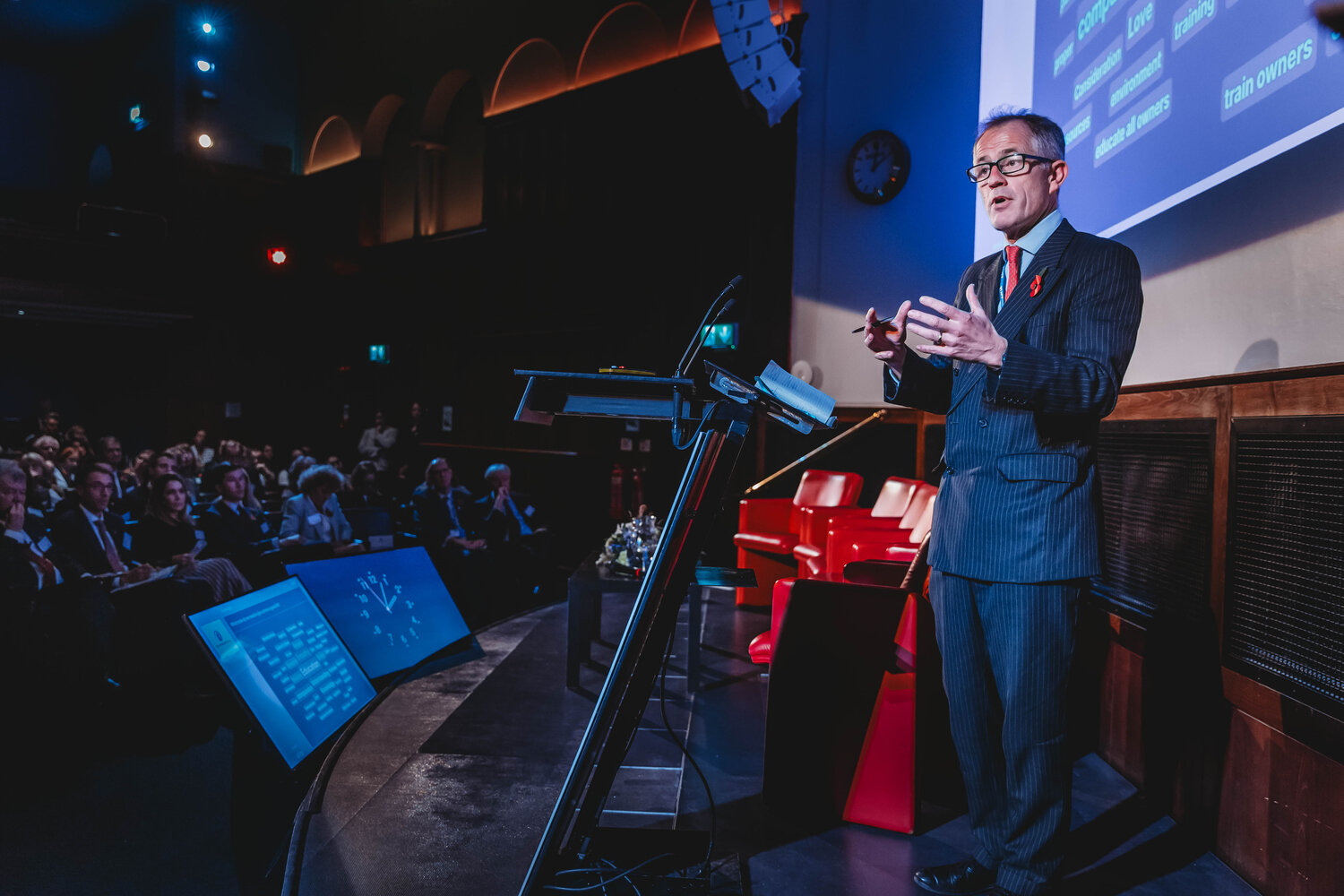Training and backing horses in our care
We catch up with groom Claire at Belwade Farm Rescue and Rehoming Centre to find out more.
Posted on 12/06/2025
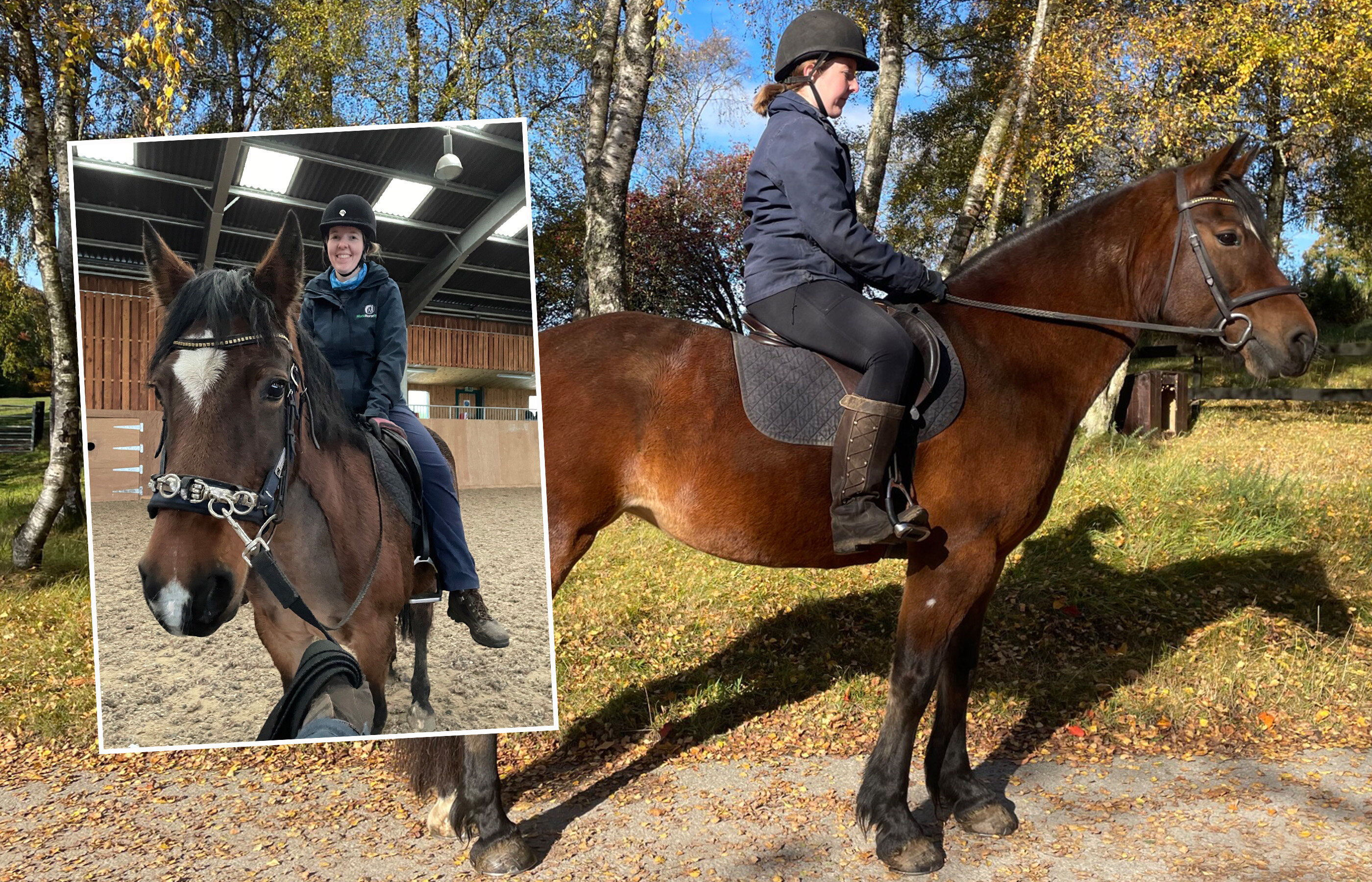
We often have a wide variety of horses and ponies coming into work on our four farms, and it’s really important we tailor a plan for each one, from youngsters with no experience to horses starting ridden work again after undergoing a rehabilitation programme.
One of the horses we have trained and backed at Belwade Farm Rescue and Rehoming Centre is Cariad, a 12-year-old bay mare. We sat down with Cariad’s groom Claire, to find out more.
Cariad arrived with another mare under our Help for Horse Owners support service in November 2022. At 15hh Cariad was overweight at 610kg, so one of the first jobs was to get her on a weight loss program.
We think she may have previously done some groundwork, so I began by working with Cariad’s general handling before going on to groundwork. I started off by doing bubble work with her which involved working with her in-hand in the arena, establishing space and her respect of my space.
Did you know?
Bubble work is a method for teaching a horse about personal space (or the horse and the handler each having their own ‘bubble’). Horses are powerful animals and need to be taught to only go into the handler’s space or ‘bubble’ when they have been invited, in order to keep interactions safe.
Once she was comfortable with this, I progressed to teaching her to lunge in walk, then trot. When she was confident working out in a circle in her own space, it was time to go outside for some in-hand walks. This proved to be very exciting for Cariad, who loved to be out and about exploring the farm and it took a few weeks to get her to walk nicely, either in front or behind other ponies.
After a few months of making sure Cariad was comfortable both working on the lunge and going out in-hand, it was time to introduce long reining. We started off in the arena to make sure we retained control with the new concept, as Cariad likes to understand any new tasks asked of her, but after a couple of sessions in the arena she had cracked it, so it was time to go outside.
We started off going out for nice easy, straight routes until she was confident with steering. Gradually, we increased the length of time we were out for, until Cariad was happy to go out alone and in company. I wanted to bring Cariad along slowly and steadily to build her confidence, helping her to lose an impressive 100kg before backing her to ride.

Cariad then saw the physiotherapist to make sure everything was on track and was given the go ahead to continue, so she had a saddle fitted by the saddle fitter and we began adding it into our routine of lunging and long reining. After about a month, we then began leaning over Cariad, which progressed to her taking a few steps in this position. Cariad took to it with no problem as we introduced each new stage slowly to make sure she was comfortable and understood what was being asked of her.
After a couple of weeks leaning over Cariad, I then began to sit on her and ask her to walk a few steps. Once comfortable with this I took up my reins and used my stirrups. Caraid was unfazed by this, so we began riding her on the lead rein in the school to start with, and then we moved to short walks outside.
After a couple of lead rein hacks, it was time to go off the lead rein. Cariad didn’t even notice she was no longer attached to a person and marched on quite happily, following another horse. The lovely bay mare grew so much in confidence and proved to be very bold when ridden, happily going out alone or in company, on hacks around the farm. She would go first or last and settled into a lovely reliable ridden horse. She also worked nicely in the arena too.
We spent around nine months on groundwork and then a further six months backing her to ride – from starting to lean over to Cariad being ready to rehome.
Cariad found a fabulous new home in November 2024 where she can be hacked and schooled and hopefully take part in some competition events in the future. She has settled in really well and we’ve had glowing reviews from her rehomer.
Our fabulous team of 46 grooms work across our four rescue and rehoming centres 365 days a year, looking after a variety of horses, ponies and donkeys, many of whom are sick or were neglected or abused before coming into our care.
Without their passionate dedication and commitment, we couldn’t rescue and rehabilitate so many equines in need of help.
To find out more about how horses learn and different training methods, check out our Training: how do horses learn? advice page.
Topics
Related Blog Posts
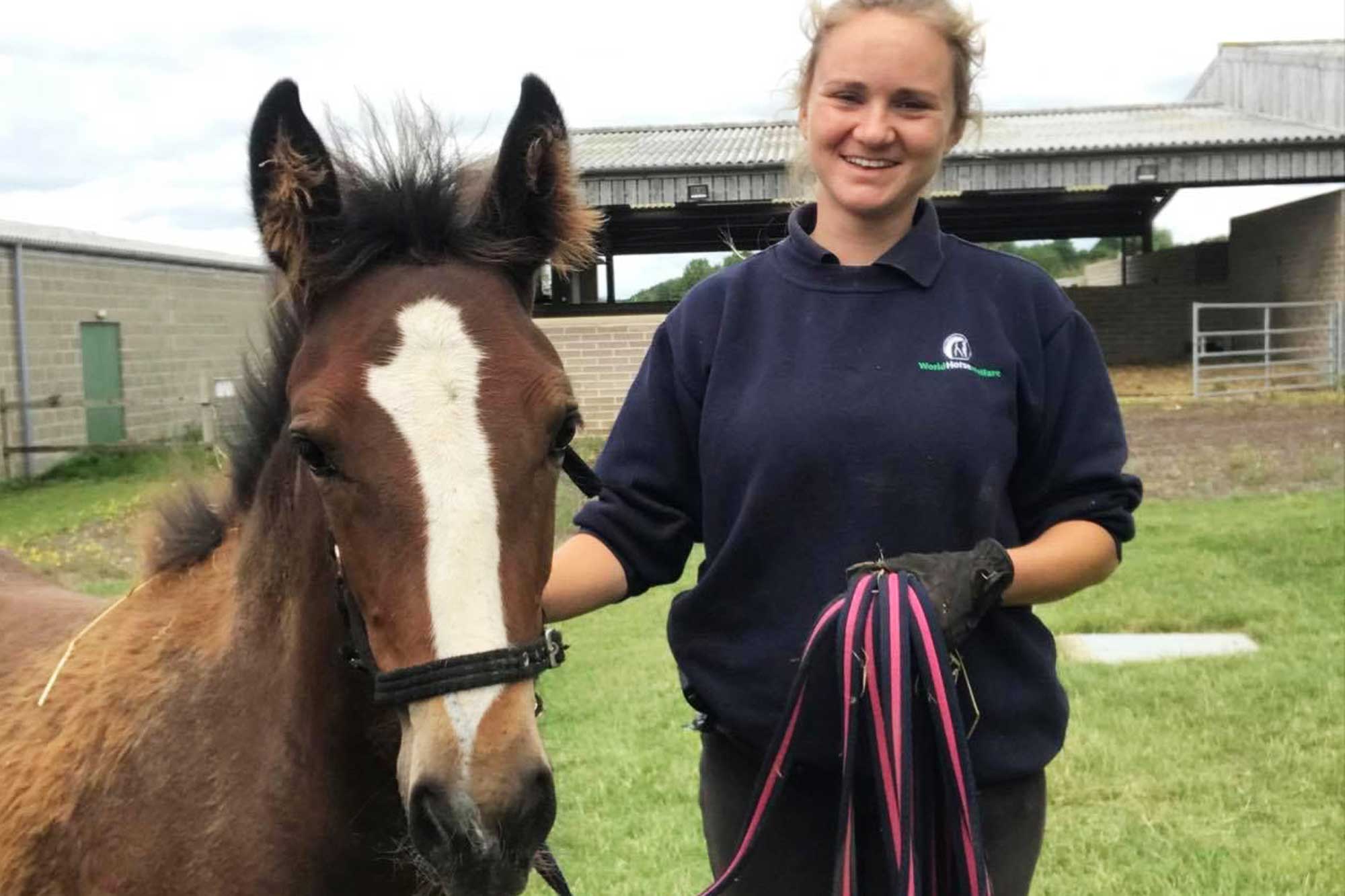
Buena’s story – how our foals are cared for from birth to rehoming
Senior Groom Steph introduces lovely filly Buena and explains how the team care for foals from birth right through to finding them a loving home for youngster handling.
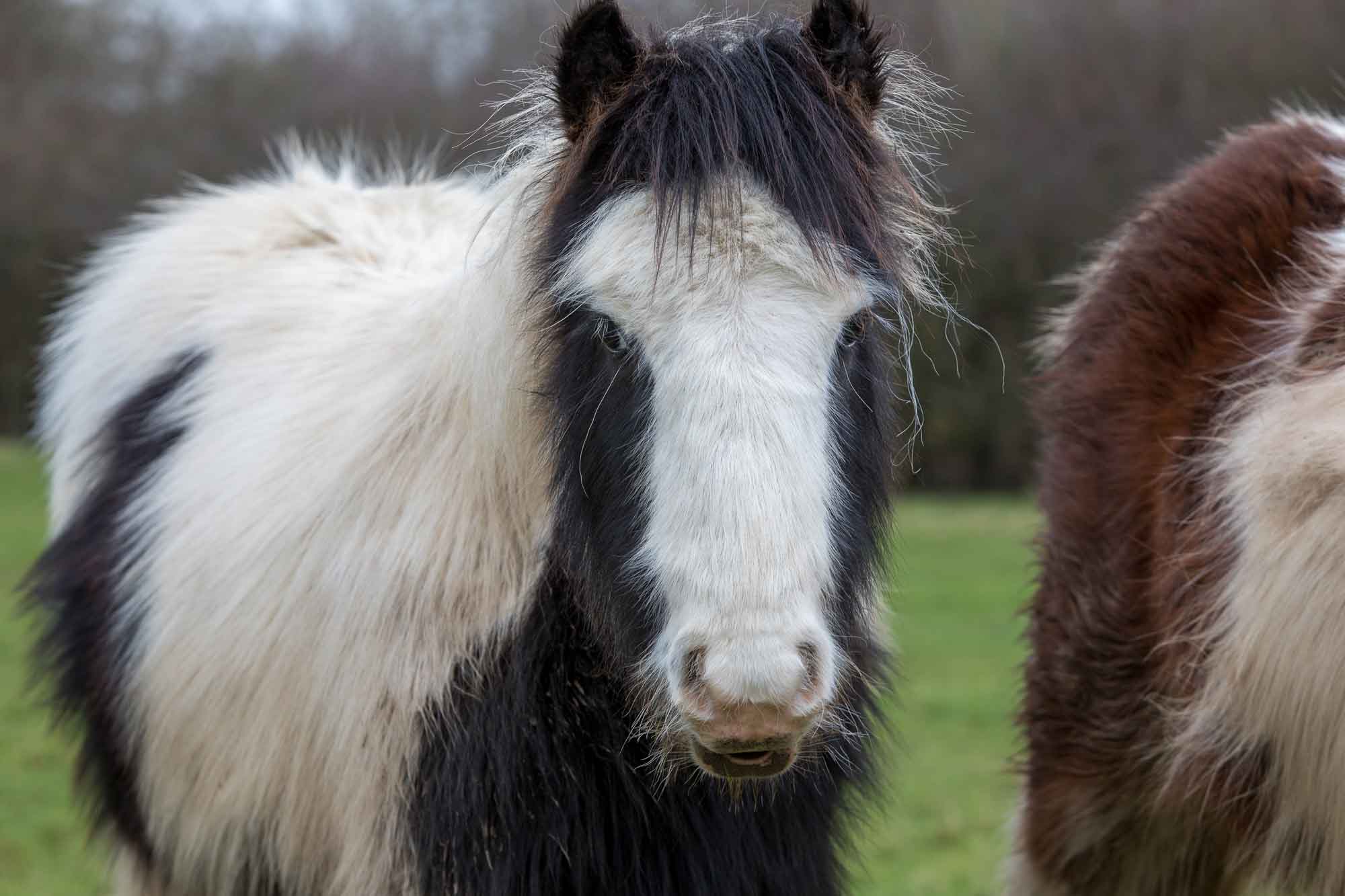
Behind the scenes: the first few months as a World Horse Field Officer
Find out what really goes on behind the scenes as a World Horse Welfare Field Officer.
Recommended News Articles

A historic moment: UK bans live export of horses for slaughter
We are celebrating a monumental victory in animal welfare
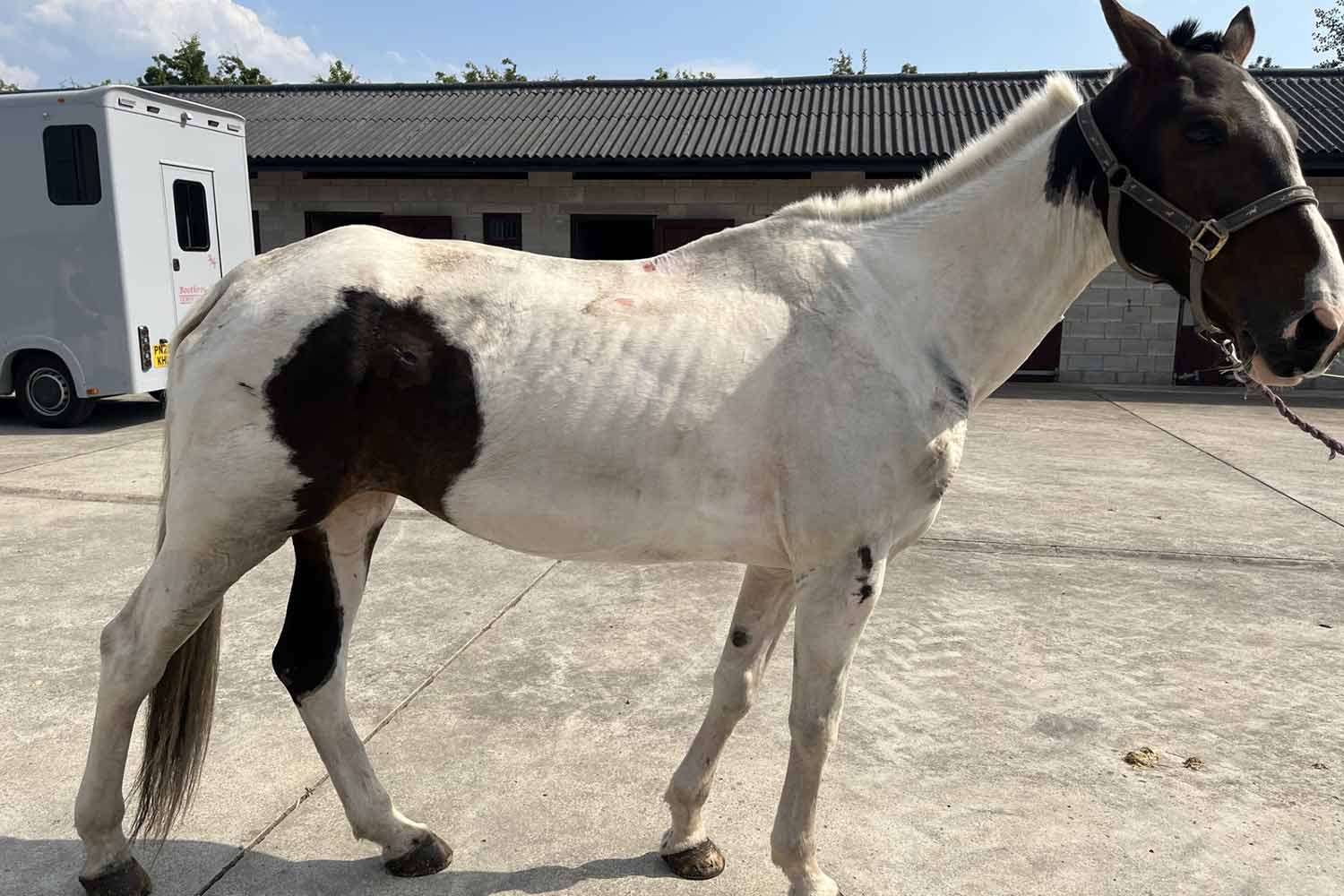
Horse owner found guilty of welfare offences as mare is rehabilitated at Penny Farm
Man banned from owning horses after driving pregnant mare to exhaustion at Appleby Horse Fair.
Enjoy reading stories like this?
Join over 65,000 other horse lovers and sign up for our email newsletter

Join over 65,000 other horse lovers and sign up for our email newsletter
Sign me up now
